Fast Facts to Help You Understand Treatment with Blepharoplasty
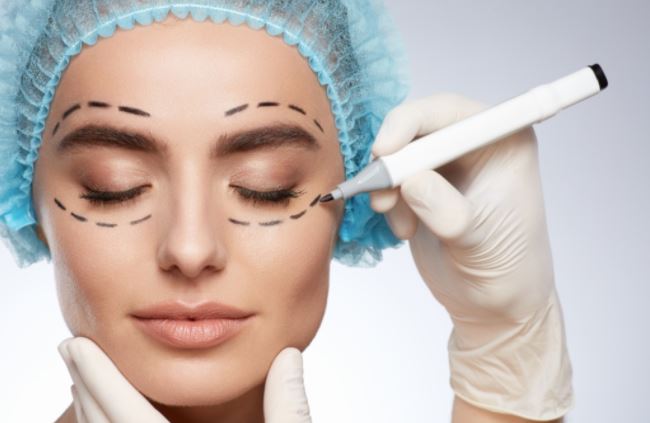
What do you notice when you stare at your eyes in the mirror? Do you see puffy and droopy eyelids that make you appear old? If yes, consider Peoria blepharoplasty, an eyelid surgery that repairs droopiness and associated sagging skin. Droopy eyelids may go beyond appearance reasons, especially if they droop and affect your peripheral vision. After blepharoplasty, your appearance should be much younger and natural-looking so you can regain your confidence. Read the following discussion to learn how to prepare and what you should expect for treatment with blepharoplasty.
How Do You Prepare for Blepharoplasty?
You will meet with your surgeon and undergo a comprehensive medical history before your procedure. Your surgeon will ask about current eye conditions, allergies, medical conditions, previous surgeries, and lifestyle. You may also talk to your surgeon about the outcome you should expect from the surgery and if it will work well for you. Your surgeon will perform a comprehensive physical exam, including a complete eye exam, visual field testing, and eyelid photography. Next, your surgeon will recommend stopping certain medications that increase your risk of bleeding, quitting smoking, and arranging for someone to drive you home after surgery.
What Happens During Blepharoplasty?
First, your surgeon will give you an injection to numb your eyelids and then administer an IV to help you relax. Next, your surgeon will cut along the fold of your eyelid and remove excess skin, fat, and muscle. After closing the cut, your surgeon will make another cut on your lower eyelid just below the lashes in your natural crease. Then, your surgeon will redistribute excess fat, sagging skin, and muscle and close the cut.
What Should You Expect After Blepharoplasty?
You will spend some time in recovery before going home so your surgeon can monitor you for possible complications. You will temporarily experience blurred vision, watery eyes, light sensitivity, double vision, numb eyelids, swelling, pain, and discomfort. Your doctor will recommend using ice packs on your eyes, eye drops, and ointments, sleeping with your head elevated, and applying cool compresses. You may also have to wear dark sunglasses to protect your eyelids from the sun and use pain relievers if you experience pain. However, you will avoid strenuous activity, smoking, rubbing your eyes, and wearing contact lenses.
Are There Risks To Blepharoplasty?
You may have a reaction to the anesthesia your doctor will use during surgery. Other rare side effects of this surgery include infection, dry and irritated eyes, difficulty closing, scarring, and injury to your eye muscles. You may also experience skin discoloration, blurred vision, and the need for follow-up surgery.
What Results Can You Expect?
Your results may last a lifetime, but it is also possible that droopy eyelids may recur. Your side effects will slow down within two weeks, while scars may take months to fade. Meanwhile, protect your eyelid from sun exposure.
Aging causes your skin to sag, including sagging around your eyes, which may affect your peripheral vision. If you want to eliminate sagging skin and help your vision, go for blepharoplasty. Surgery with blepharoplasty aims to make you appear younger, and results can last you a lifetime. However, you must follow your surgeon’s instructions to help you recover. You will avoid the sun to protect your eyelid and keep from rubbing your eyes to lower the risk of infection. Blepharoplasty will make you feel more confident and relaxed because you appear younger.


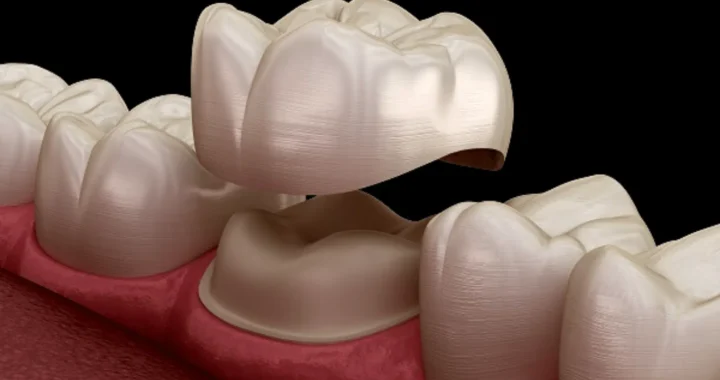 Dental Crowns –Restoring Strength, Function, And Aesthetics.
Dental Crowns –Restoring Strength, Function, And Aesthetics.  One-Person Wonder: Making Waves in the Massage Industry in Gunma
One-Person Wonder: Making Waves in the Massage Industry in Gunma 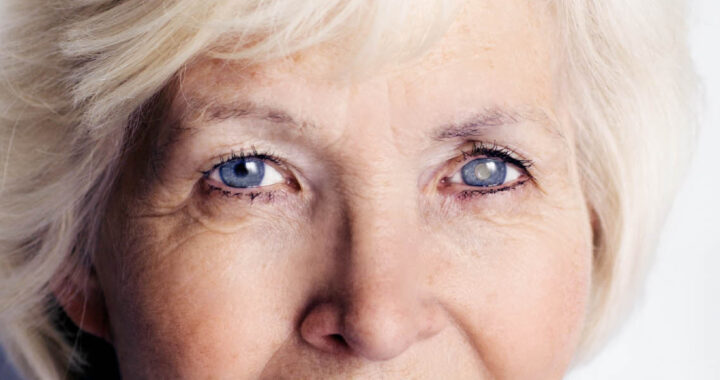 How Cataract Surgery in Nashville Improves Vision and Quality of Life
How Cataract Surgery in Nashville Improves Vision and Quality of Life  Maintaining Oral Health: The Role of Dentists in Richmond
Maintaining Oral Health: The Role of Dentists in Richmond 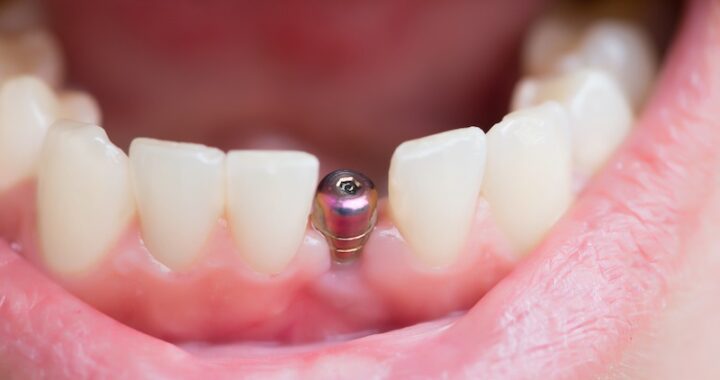 How to Choose the Best Implant Dentist in Sheffield: A Guide
How to Choose the Best Implant Dentist in Sheffield: A Guide 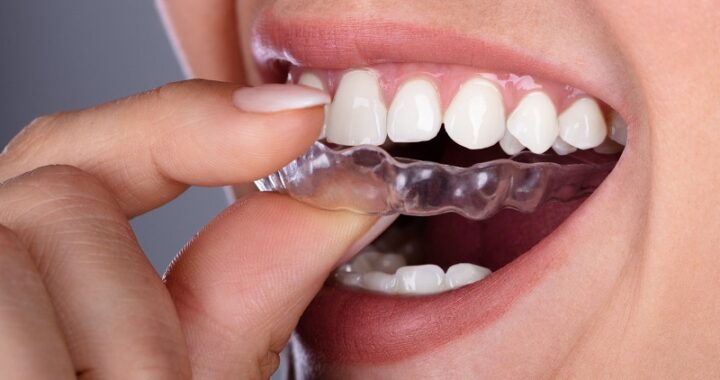 How Invisalign is Revolutionising Orthodontics in London
How Invisalign is Revolutionising Orthodontics in London 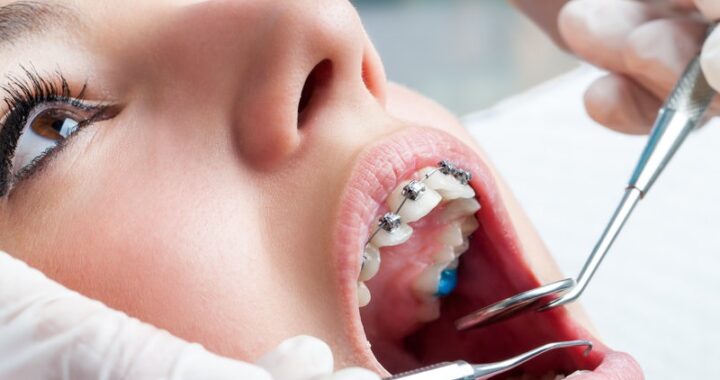 Veneers: A Popular Cosmetic Solution for a Beautiful Smile in London
Veneers: A Popular Cosmetic Solution for a Beautiful Smile in London